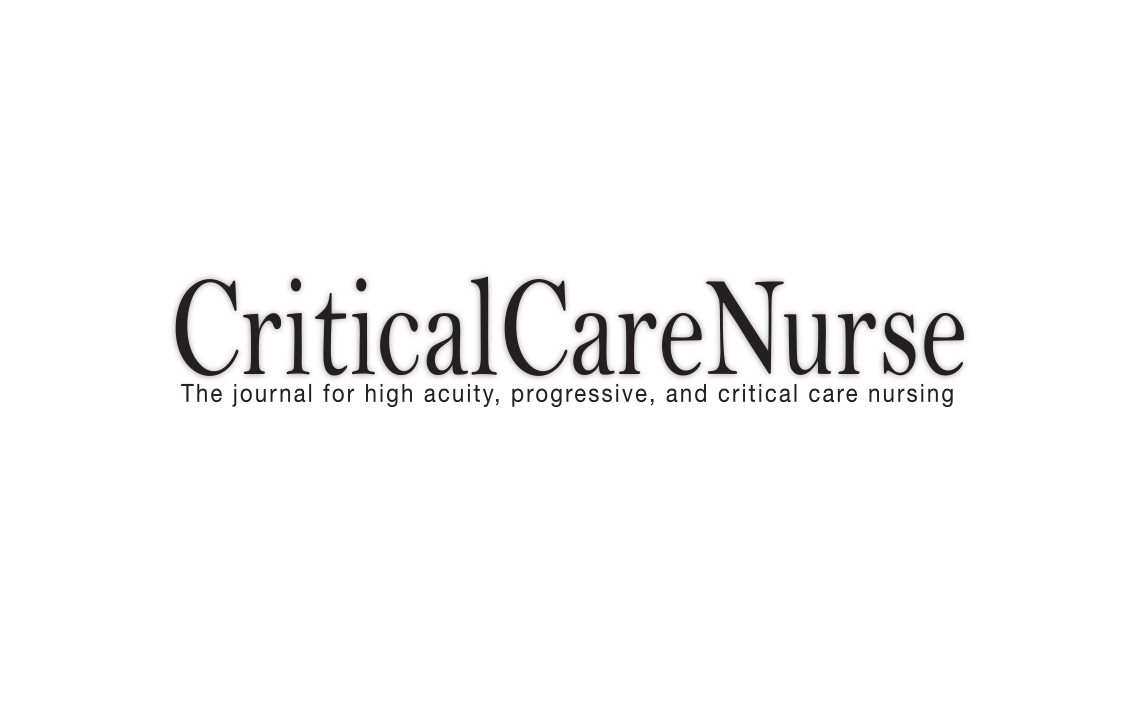Study: Feedback-based intervention boosts opioid prescribing adherence without worsening pain control

Editor's Note Providing tailored feedback to surgical prescribers significantly increased adherence to opioid prescribing guidelines without affecting patients’ ability to manage postoperative pain, according to research published June 11 in JAMA Surgery. The study tested whether monthly reports that included peer prescribing comparisons and patient-reported outcomes could influence opioid prescribing…
Neuromodulation gaining momentum as a transformative force in neuro care

Editor's Note Neuromodulation is shifting from the margins to the forefront of neurological treatment, offering real-world potential to transform care for conditions like epilepsy, Parkinson’s disease, and substance use disorder. As reported by Medical Device Network on May 19, the field is seeing accelerated innovation and investment, with global market…
Nurse-led bra initiative eliminates post-surgical chest wounds in female heart patients

Editor's Note A well-fitted bra dramatically cut post-sternotomy wound rates to zero at a Denver hospital, showing how nurse-driven innovation can improve outcomes and reduce costs, Critical Care Nurse May 28 reports. In the article, “The Bra Project: Preventing Wounds in Women After Sternotomy,” appearing in the journal’s June 2025…
Study: Shorter radiation schedule matches safety of standard prostate cancer treatment

Editor's Note New research shows postoperative prostate cancer radiation delivered via stereotactic body radiotherapy (SBRT)—which includes just five high-dose sessions—appears as safe and tolerable as weeks-long conventional treatment. Medical Xpress reported on the findings May 15. Led by by UCLA’s Jonsson Comprehensive Cancer Center and published in JAMA Oncology, the…
Study: Blocking stress-linked prolactin surge relieves postoperative pain in women

Editor's Note Blocking stress-induced prolactin may significantly reduce postoperative pain in women and curb the need for opioids, according to a study led by University of Arizona Health Sciences. News-Medical.Net summarized the findings May 20. Published in Proceedings of the National Academy of Sciences, the research suggests a path toward…
Pembrolizumab sets new standard in advanced head and neck cancer surgery, trial shows

Editor's Note According to results from a randomized trial, titled KEYNOTE-689, adding pembrolizumab (Keytruda) to surgery and standard adjuvant therapy significantly prolongs event-free survival (EFS) in patients with resectable, locally advanced head and neck squamous cell carcinoma (HNSCC), MedPage Today April 28 reports. Experts are calling the findings a major…
Telemedicine transforms postoperative care through safer, faster, patient-centered recovery

Editor's Note Telemedicine is rapidly becoming the standard for postoperative care, offering patients a safer, more convenient recovery experience without compromising clinical outcomes, according to an April 28 report in the Los Angeles Times. The outlet emphasizes that virtual consultations and remote monitoring are no longer just alternatives to in-person…
Personalized perioperative pain management reduces opioid use

Editor's Note Helping patients taper opioids preoperatively before deploying multimodal care strategies can help prevent instances of patients already with prescriptions going home with even higher doses. That’s the main takeaway from an April 22 MedCentral interview with Marie N. Hanna, MD, division chief for regional anesthesia and acute pain…
Dissolvable pacemaker delivers temporary cardiac support without wires, surgery

Editor's Note Researchers have developed a fully dissolvable, needle-injectable pacemaker that regulates heart rhythms without requiring surgical removal. As detailed in an April 2 article in Scientific American, the miniature device—just millimeters in size—can deliver electrical stimulation for days to weeks before safely breaking down in the body, potentially reducing…
Pulse oximetry monitoring at home found to save lives of high-risk opioid surgery patients

Editor's Note Intermountain Health researchers have uncovered a practical solution for reducing the risk of opioid-induced respiratory depression (OIRD) in same-day surgery patients, showing that a basic monitoring device—specifically, a pulse oximeter—can save lives, News Channel Nebraska March 27 reports. The study, published in the Respiratory Care Journal, focused on…

 Free Daily News
Free Daily News